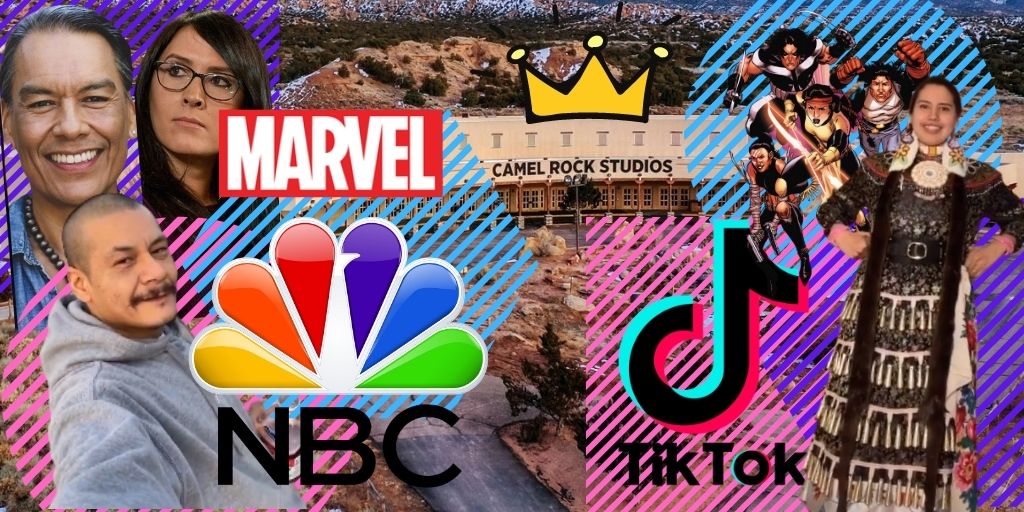Indigenous content is blowing up, setting the stage for 2021
Toward the end of 2020, we’ve seen a miraculous and much-needed thing happen. We’ve seen the explosion of Indigneous content gracing our social media and airwaves like never before.
Sovereign, the first drama about a Native American family developed for network television, will premiere on NBC, as stated by The Hollywood Reporter. The show hails from Ava DuVernay, writer/executive producer Sydney Freeland and co-executive producer Bird Runningwater, and is set to star a Native American cast. Freeland is transgender and from the Navajo Nation; Runningwater is of the Cheyenne and Mescalero Apache Tribal Nations. Also part of the creation team is producer Shaz Bennett.
Instead of focusing on the usual stereotypical topics of The Wild West and the 1800s in general, Sovereign will be contemporary and, knowing ABC’s penchant for nighttime soaps, potentially full of juicy “tea,” since the show, which currently has a pilot commitment, will focus on “the lives, loves and loyalties of a sprawling Indigenous family struggling to control the future of their tribe against outside forces and themselves.” In other words, Sovereign has the greatest potential to humanize Native Americans on TV once and for all.
“Ava Has been a dominant ally and doing everything possible to uplift Native people,” said Indian Country Today Associate Editor Vincent Schilling said in an email interview. “I say if she’s going to help foster this movement forward giving opportunities to Native actors Native writers and more I’m all for it.”
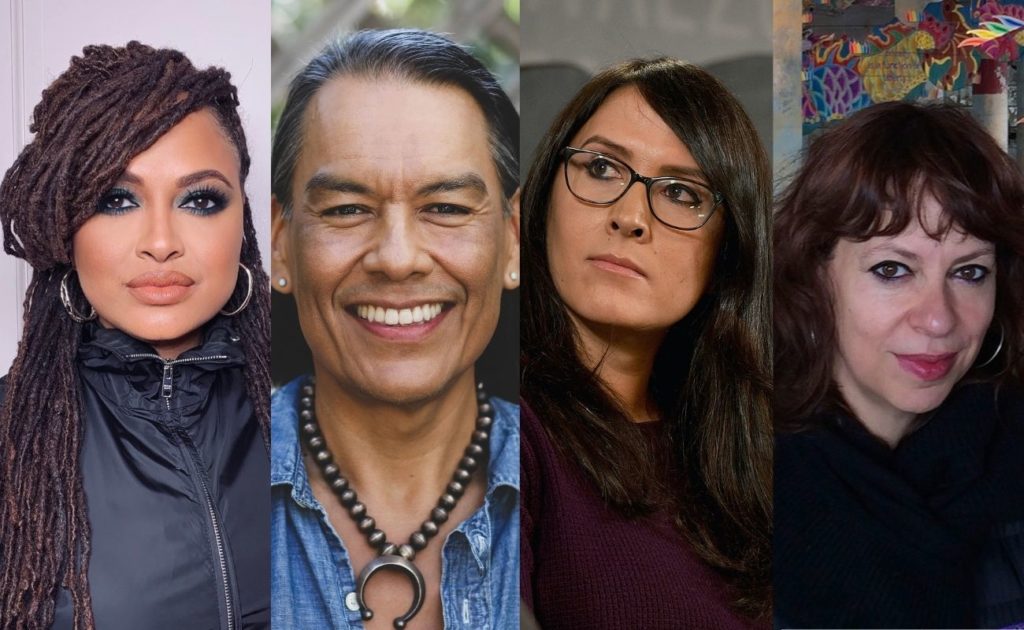
Sovereign isn’t the only Native TV show coming next year. Just as this article was getting prepared for publication, TVLine broke the news that Taika Waititi and filmmaker Sterling Harjo are bringing comedy series Reservation Dogs to FX. The comedy will focus on for Native American teenagers who live in rural Oklahoma “committing crime…and fighting it.”
The creators behind the show are Indigenous–Waititi is Māori and Jewish, and Harjo is Seminole-Muscogee–but much of the talent cast for the series are also Indigenous. The announced cast includes Lane Factor in their breakout role, D’Pharaoh Woon-A-Tai, Devery Jacobs, Paulina Alexis, Zahn McClarnon, Macon Blair, Kirk Fox, Matty Cardarople, Dallas Goldtooth, Lil Mike and Funny Bone.
Harjo spoke about the project to TVLine, saying it was only right that he and Waititi would collaborate.
“As longtime friends, it was only natural that Taika and I found a project together and what better than a show that celebrates the complementary storytelling styles of our Indigenous communities–mine in Oklahoma and Taika’s in Aotearoa,” he said. “We’re thrilled by the opportunity to tell the Reservation Dogs’ story with our amazing cast and crew, [mutual creative partner] Garrett Basch, and the whole team at FX.”
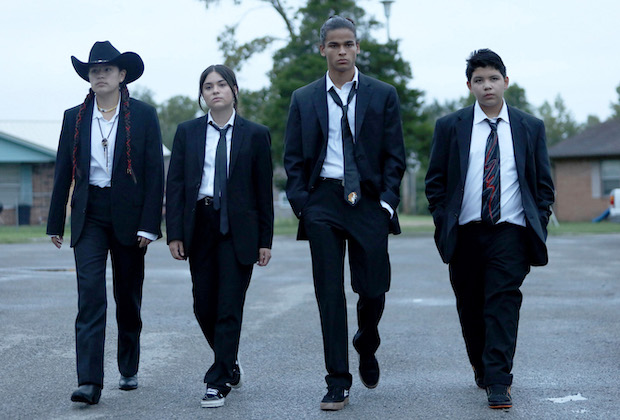
Sovereign and Reservation Dogs are just the start of the Native American wave. From Tik Tok to Marvel to television, Native American stories are finally being integrated into the American fabric. As should have been the case, seeing how Native Americans are, in fact, the first Americans.
Schilling, an Akwesasne Mohawk, said that this moment in entertainment is one that has been a long time coming “Native Americans in the media is a topic that seems to be growing exponentially every year,” he said. “When you look back a couple of years ago when Oscars So White hit, social media the industry seem to respond to being called out.”
“Native Americans have for too long been inappropriately portrayed as ‘savage warriors’ that were bloodthirsty and cared for nothing else than killing settlers,” he continued. “But the fact of the matter is Native American people in so many ways are storytellers and these stories are something that the public longs to hear and they want to hear it from Native people, Native writers, Native producers, Native directors. So that said, the media is picking up on the trend and noticing that their stories are getting noticed.”
Even better about the groundswell of support for Native American creators is how meaningful it is to Native American audiences, who have rarely seen themselves represented fully in the media.
“One critical thing about Native American society is that we are very supportive when we see anything mentioned or talked about that is Native themed or Native oriented,” said Schilling. “For example when Shoni Schimmel became a member of the WNBA, her jersey became the top-selling jersey. Native Americans may have the smallest percentile of population, but we are incredibly supportive of one another because we are a community.”
For instance, Native American and First Nations Tik Tok creators have amassed legions of followers, both Native American and non-Native. Creators such as Northern Arapaho and Mexican Tik Toker Nathan Apodaca, who shot to notoriety by singing Fleetwood Mac songs and drinking Ocean Spray, and Cree Tik Toker Michelle Chubb, whose video about her jingle dress went viral, are educating and entertaining the masses through their specific, cultural lens thanks to social media becoming the equalizer for a group routinely left with little access to the masses.
“Social media has been a critical voice for Native Americans on every platform. At first, they tended to rule Facebook but I think the trend is moving away from Facebook and on two different platforms. Tik Tok, I think, is an incredible example,” said Schilling.
“There are people with tens and tens of thousands of followers, and these videos that are informative, or siding cultural appropriation, or even calling people out, are getting a lot of attention. I personally love Tik Tok and one of my videos regarding the true history of Thanksgiving did indeed go viral with over 150,000 views in less than a week. I also gained about 6000 followers in that same period.”
Schilling said Native creators are gathering popularity simply because Native American history goes undiscussed.
“I believe Native creators are connecting with their followers because Native history is something that is never talked about in school. This is a platform where real history is being shared and people are hearing things that they’ve never heard for the first time,” he said. “The great thing about this is Native people on social media will start to create young people with questioning minds, and therefore teachers professors and instructors will no longer be able to get away by saying something in a history book. People are understanding that a history book is not necessarily an authority any longer; everything can be questioned, and this is the beauty of what is happening now.”
Case in point: Chubb told Huffington Post Canada the history behind the jingle dress. “The jingle dress is really sacred in our culture because the original story is of healing,” said Chubb, explaining that a medicine man dreamed of a jingle dress and realized that a girl who was sick during the flu pandemic danced in it, she would be healed. Chubb has showed of more jingle dresses, including one she made herself, teaching her followers about the importance of the dress and the corresponding dance.
“I just want to spread awareness for Indigenous people and their problems,” Chubb said to CBC. Through her videos, which include hard discussions about issues facing Indigenous people, she hopes to inspire her viewers to learn beyond their comfort zone.
“We do need help and allies,” she said. “Growing up it was really hard for me; I want to be that mentor for others who are lost on their path right now.”
Apodaca’s message to his followers echoed both Chubb and Schilling’s call to stand as one.
“To the Indigenous people, get out there and make videos, go do what you want because I’ve been seeing a lot of Natives on TikTok just blowing up,” said Apodaca to Indian Country Today. “Follow your fellow Natives, follow each other. Be one with each other. One nation, we rise.”
Movies and comics are two other avenues where Native American content is in demand. Camel Rock Studios, the first Native American studio, has already started being used for Hollywood productions such as the Tom Hanks starrer News of the World.
The studio, owned by the Tesuque Pueblo, is a new environmentally-conscious playground for Hollywood. “To meet the growing demand, the remarkable new production facility is a confluence of cultures, capturing the magic of film and television production, the mystique of Santa Fe, and the centuries-old Native American culture—delivering an environmentally conscious and restorative environment for production,” according to the official description of the studio.
The studio provides support for the industry at a time when off-site studios are needed to complete film production. According to Camel Rock Studios, the studio was made in vein of Hollywood’s film ranches, such as Warner Bros’ Warner Ranch in San Fernando Valley and Paramount Movie Ranch in the Santa Monica Mountains. However, where Warner Ranch once stood is now a Costo and mall and Paramount movie Ranch was reallocated into federal parkland. Camel Rock Studios fills the gap, as attested to by News of the World producer Gregory Goodman.
“We recently wrapped our first major production at Camel Rock Studios and couldn’t have been more pleased with our experience,” he said. “The studio anticipated and met all of our needs, and their attention to detail made for a seamless production. We certainly intend to bring more films to Camel Rock in the future.”
Cherokee actor Wes Studi echoed Goodman’s sentiments. ” Tesuque Tribe’s production facility has already proven itself with the film News of the World,” he said. “They are a great new addition to the film and television world of New Mexico.”
Beyond just providing Hollywood additional filming support, Camel Rock Studios gives hope that more Native American stories can finally be brought to the mainstream.
“In the past, Native Americans have been misrepresented and marginalized both in front of and behind the camera,” said Chris Eyre, Native American film and television director, producer and Camel Rock Studios advisor. “In 2020 the Tesuque tribe of New Mexico is changing this narrative, and I am honored to be part of this groundbreaking new endeavor.”
Schilling also voiced his support for Camel Rock Studios and their ability to support Hollywood projects.
“A small concern I have is that all Native stories do not need to take place in a desert because Native people are here in 2020 and Westerns shouldn’t be the only place where Native culture or Native storytelling takes place,” he said. “But that said, there are a lot of Native populations in the four corners area [the region that is an intersection between Utah, Colorado, New Mexico and Arizona], but I would like to see contemporary stories told as Native people are alive and well today. We don’t always need to be riding alongside a cowboy be defined as an American Indian.”
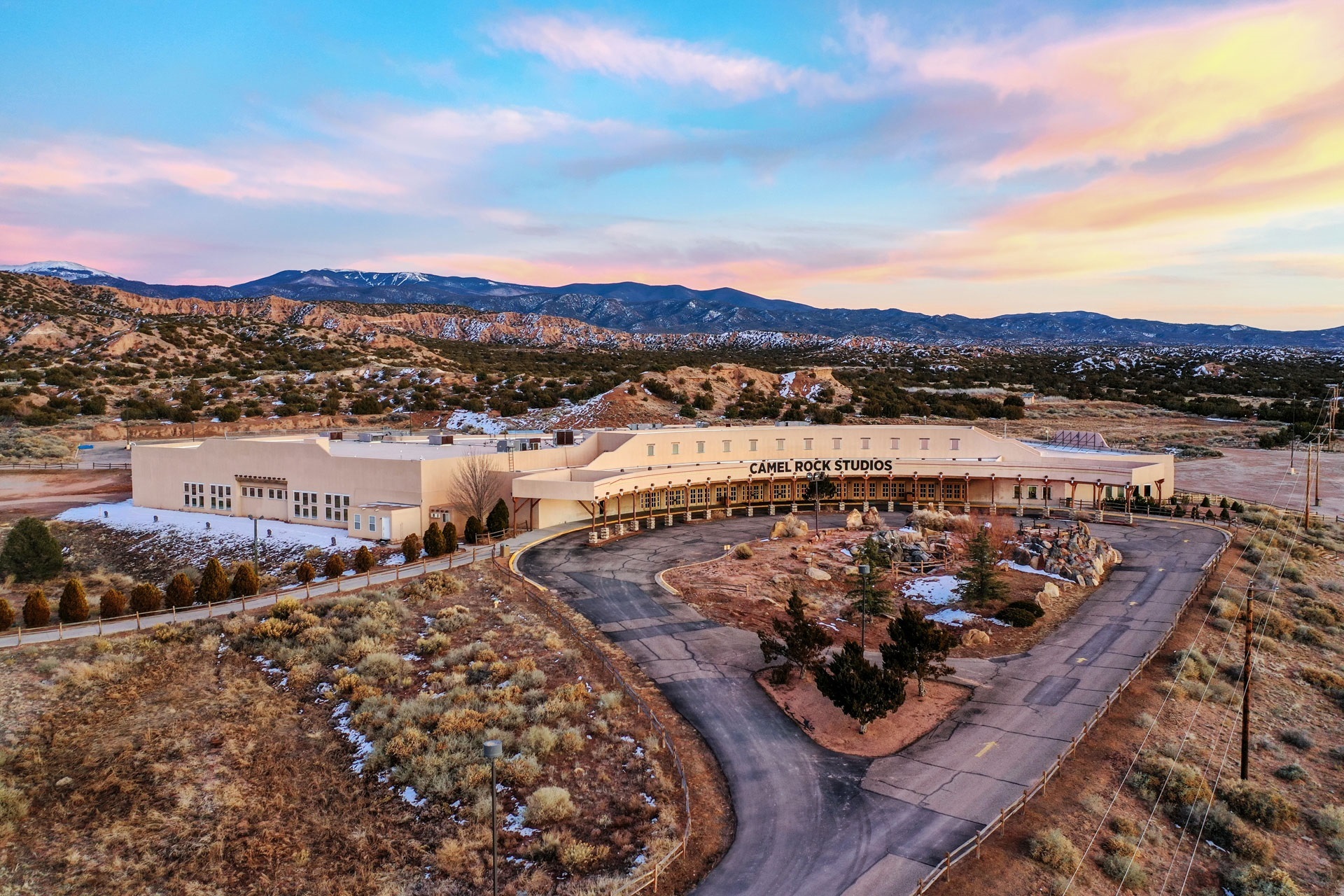
More inventive stories are being told in comic books, with Marvel Comics exploring their pantheon of Indigenous superheroes in a brand new comic book special.
Artist and writer Jeffrey Veregge has teamed up with Marvel Comics to bring Marvel’s Voices: Indigenous Voices #1, a comic book special honoring Native American superheroes. Along with Veregge, the special includes stories and art from Black/Ohkay Owingeh writer Rebecca Roanhorse, Tongva artist Weshoyot Alvitre, Geoscientist and Lipan Apache writer Darcie Little Badger, Whitefish Lake First Nation artist Kyle Charles, Blackfeet Nation horror writer Stephen Graham Jones and Qalipu Mi’kmaq First Nation artist David Cutler, according to Marvel.
Veregge, who also completed an art exhibition called Jeffrey Veregge: Of Gods and Heroes at the Smithsonian National Museum of the American Indian, said in a statement about what Marvel’s Voices: Indigenous Voices #1 means to him and other Native readers.
“I am truly grateful for the platform that Marvel has not only provided for me and my work, but with this edition of Marvel Voices, all of Native America,” he said, according to Marvel. “This is an opportunity to share the cultural influences that we as Native artists and writers grew up with that will add more depth and dimension to the Native Heroes in the Marvel Universe.”
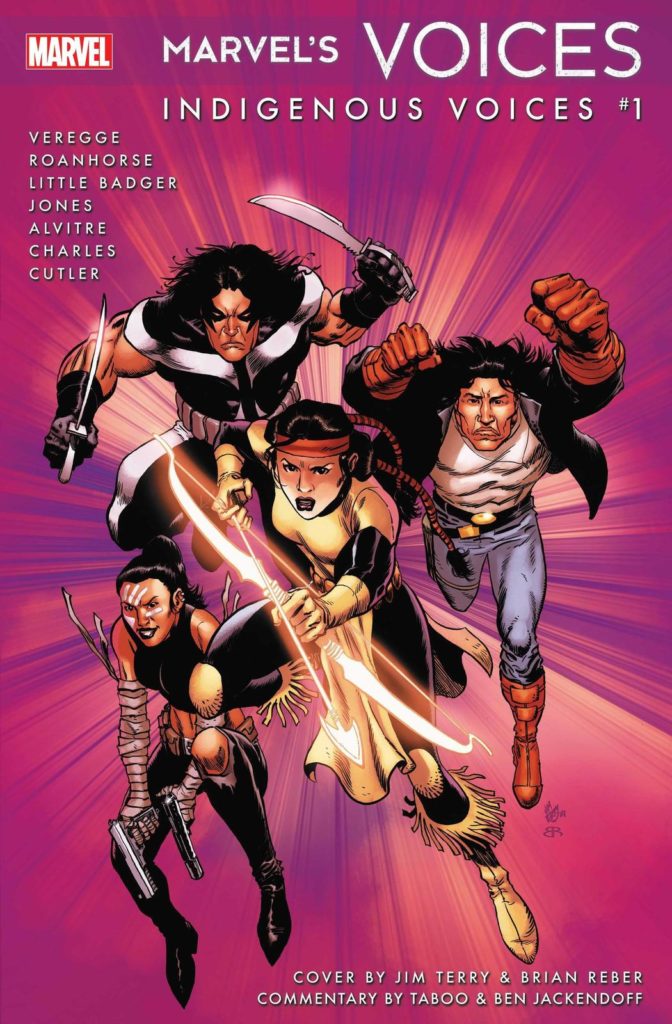
Several issues of Marvel’s other comic book series also celebrate Native Americans, thanks to variant covers created by Veregge showcasing Dani Moonstar, Spider-Man, Iron Man, Black Panther, Captain America, Hulk, Black Widow and Thor. Veregge also commented on the variant covers, which debuted during Native American Heritage Month.
“The story of the hero is an ancient one. Starting with the very first cave drawings, artists and writers from across the globe have both captured and shared the fateful acts of their people’s heroes,” he said. “Being from the Pacific Northwest, my own people, the S’Klallam Tribe, have used the art style known as Formline to record and share the stories of our people since time immemorial. The art style I use in my own work today is an extension of the same shapes and forms used for hundreds of years by Native artists from and around the very same region.”
“As a lifelong comic fan, artist and Native American, I am truly honored to work with Marvel Comics today,” he continued. “Not only to create pieces that represent a voice for Indigenous People in honor of Native American Heritage month, but also for the opportunity to share the same storytelling spirit of my ancestors by sharing the tales of some of today’s heroes.”
“Native American stories are critical to the history of America,” said Schilling. “People so often are magnetized towards Native people because we are storytellers — sometimes this turns a little bit stereotypical when they look at us as these wise all-knowing spiritual beings. But the fact of the matter is we really do have a lot of Storytelling in our cultures, so telling creative, magical, interesting stories is in our culture, our blood and our DNA.”
“The fact that Native people have been left out of the stories for so long is a great loss for American history and I think people have learned that they really did miss out on a lot of beautiful and creative storytelling,” Schilling continued. “I think this is a trend that will continue to stay and Native people as we move forward in history will continue to become more and more prominent in pop culture.”
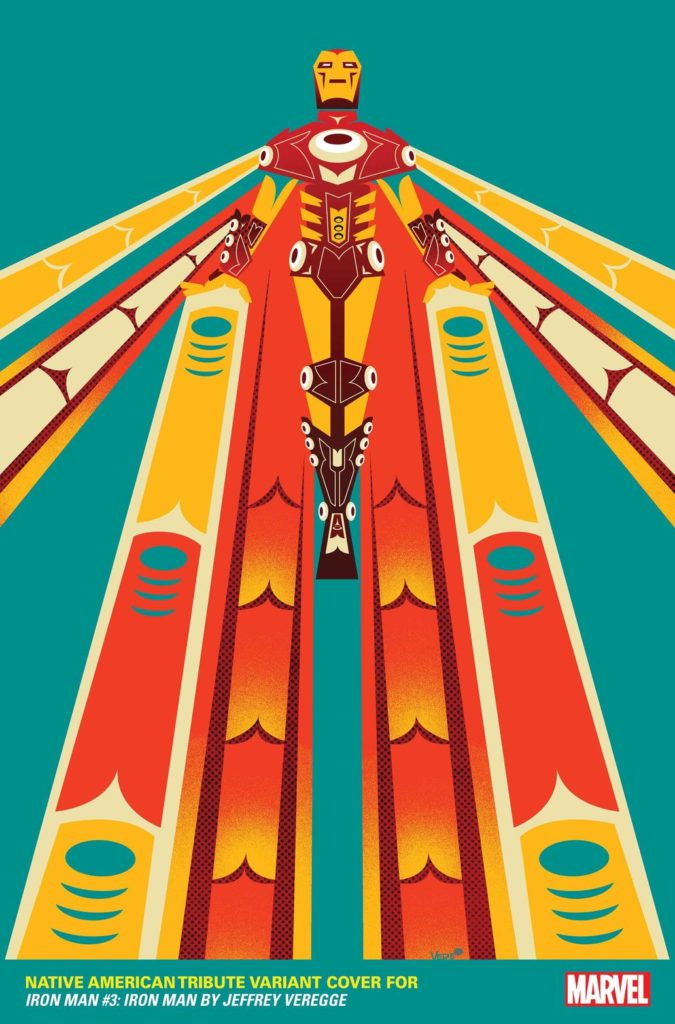
Entertainment isn’t the only part of American culture that is benefitting from a reinvestment in Native American culture and history. From more and more Americans realizing the harm and trauma that comes with the history of Thanksgiving, to the Cleveland Major Leagues baseball team removing their offensive mascot and name, America is slowly reckoning with the country’s horrid treatment of Indigenous people.
In politics, Native Americans carried the Democratic vote in Arizona, helping Joe Biden cement presidential victory, as well as the first Democratic candidate to win the traditionally-red state since 1992. Native Americans also helped Biden win other swing states like Michigan and Wisconsin, proving how necessary the Native American voting block is for future political candidates. New Mexico U.S. Representative Deb Haaland becomes the first Native American appointed to serve as Secretary of the Interior in Biden’s upcoming cabinet, a resoundingly positive choice given Haaland’s passion for protecting America’s environment, particularly ancestral tribal lands.
In fashion, Cree designer Dusty LeGrande has signed with Zumiez, with his brand Mobilize coming to stores in America and Canada next spring. And in terms of racism within the artistic and archaeological sectors, a new California bill will give tribes more legal footing to recover tribal artifacts from museums.
But, in my opinion, I think we can say that entertainment gave us our first look into the future. That future includes more Indigenous content, creators, and more for us non-Natives to learn about our fellow Americans.
